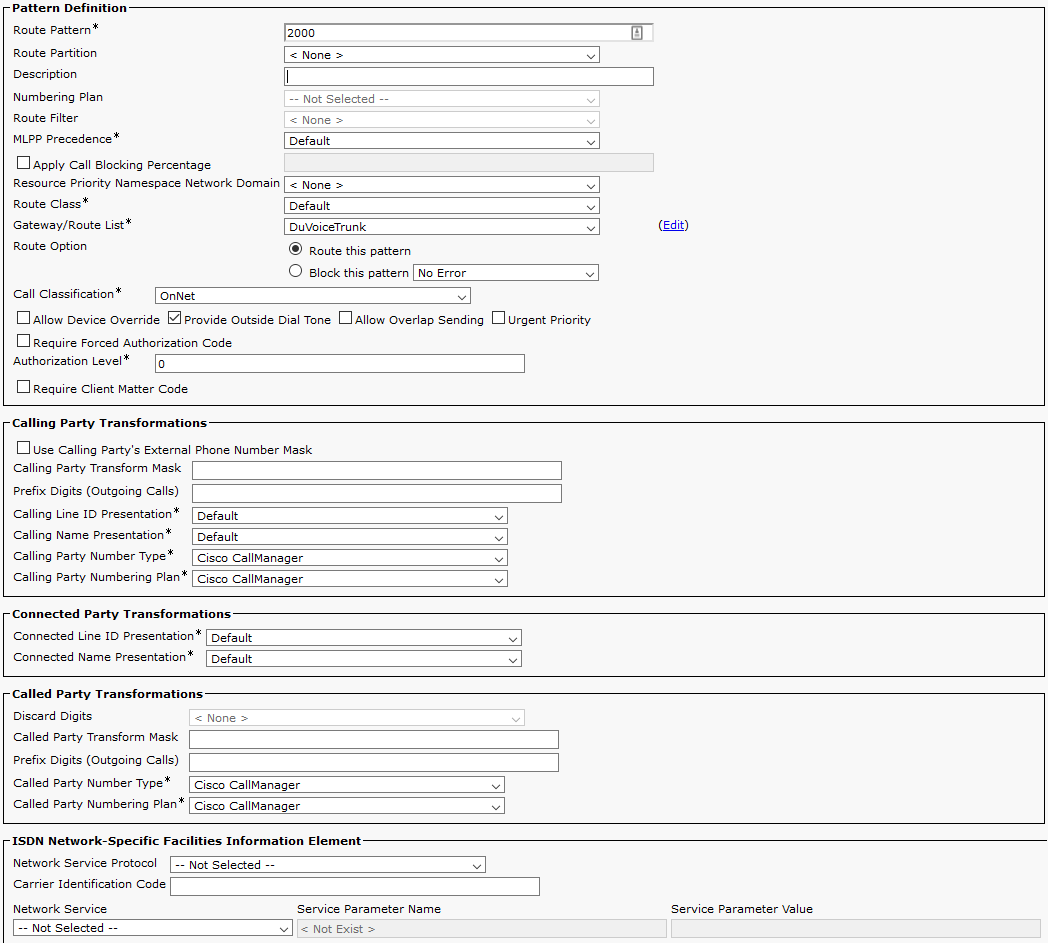


Depending on what buttons you want to assign, your SIP Dial Rule will have to be set up to match. Now moving on to the Key Expansion Module. For example the first three lines on our phones are set up with the users directory number. The other 2 are either not used or used when needed. Our directory numbers are 4 digits and start with ’16’ So the configuration looks like the following: We created a SIP Dial Rule and selected ‘7940_7960_OTHER’įor the Dial Rule that we created, the first 5 lines are mapped to the 5 buttons on the 8961 phone, so you have to configure those lines to match whatever you have them set up for.
CISCO CUCM 8.6 BLOCK INCOMING CALL HOW TO
My previous article found here provides information on how to set up the PLARS in Cisco Call Managerįor this article we used a Cisco 8961 SIP Phone with a Key Expansion Module.Īdding a ringdown to a phone is simple enough by simply assigning the Directory Number to a button. Make sure you select the correct Route Partition and Calling Search Space. The problem we encountered was the ringdown(s) didn’t work whenever we hit the respective button. PLARS can be terminated on a cisco phone if you already have them configured in Call Manager. In most cases the turret is used to terminate broker lines and this is what traders typically use them for. Sometimes a turret isn’t necessary, the features are overkill and/or there isn’t a way to justify the cost of a $3000-$6000 unit. Traders love their turrets and features that come with them, especially the ability to have hundreds of PLAR or ringdown lines, dual handsets, and a bunch of other features. For those of us that work in the financial sector with trading floors, it is common to find expensive turrets spread across trader’s desks.


 0 kommentar(er)
0 kommentar(er)
